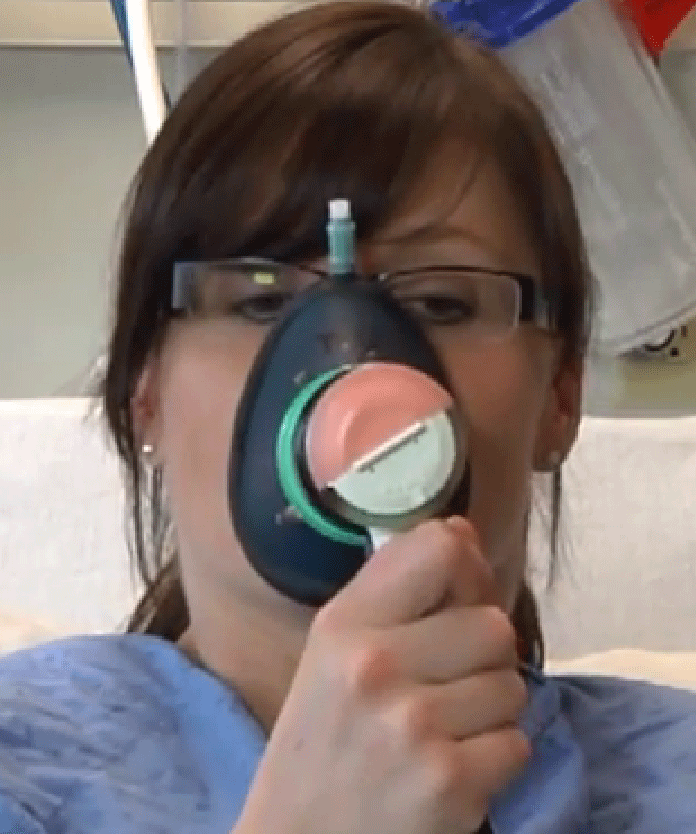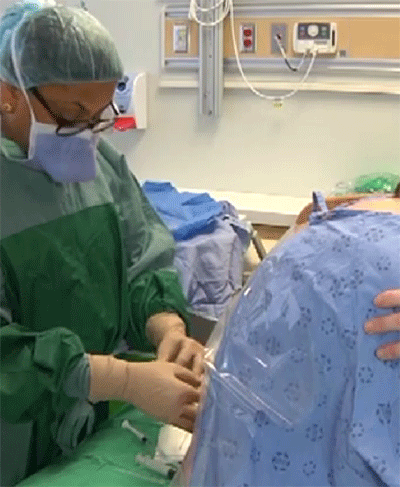 Inhalation Analgesia (Nitronox gas)
Inhalation Analgesia (Nitronox gas)
Nitronox is a mixture of nitrous oxide gas and oxygen (also known as laughing gas) Narcotic Medications
Narcotic Medications
Opioid analgesics, or narcotics, are a class of pain medications. Epidural
Epidural
A procedure that provides medication into the epidural space around the covering of the spinal canal that blocks or numbs the nerves involved in labour pain.
Medical Options for Pain Relief in Labour and Birth
Women experience labour pain very individually. Some women work with their contractions using comfort measures and others want or need pain medication. There is no right or wrong decision only one that works best for you. You may also change your mind during labour. It is helpful to keep an open mind about how you will manage your contractions. In order to make an informed decision, learn about the risks and benefits of medical pain relief and the alternatives before labour begins. It is also helpful for you to know the options available at your place of birth ahead of time.
The following links provide more information about nitronox, narcotic and epidural pain medications:
It's important to be aware that there are many factors that affect your experience of labour pain:
- Society’s expectations and beliefs about labour pain.
- Your confidence in your ability to cope with your contractions.
- Your labour environment.
- The philosophy of care of your healthcare provider.
- Your physical well-being going into labour.
- Your labour progress.
- Your history of trauma or history with a previous difficult experience with pain.
There are different pain medications to help you cope with labour. Options available to you depend on your stage of labour.
Pain medications come in a variety of forms. Some provide more relief than others and some for a shorter or longer period of time. You may not know which type will work best for you until you are in labour. Talk to your healthcare provider during pregnancy about the options you may want to try during labour in order to make an informed decision. When in labour, choose the method(s) that works best for you and your baby.
For more information about the medical pain relief options available to you in labour and birth, follow the links above.
Last modified on: February 7, 2024
References
https://nationalpartnership.org/childbirthconnection/giving-birth/labor-pain/basics/